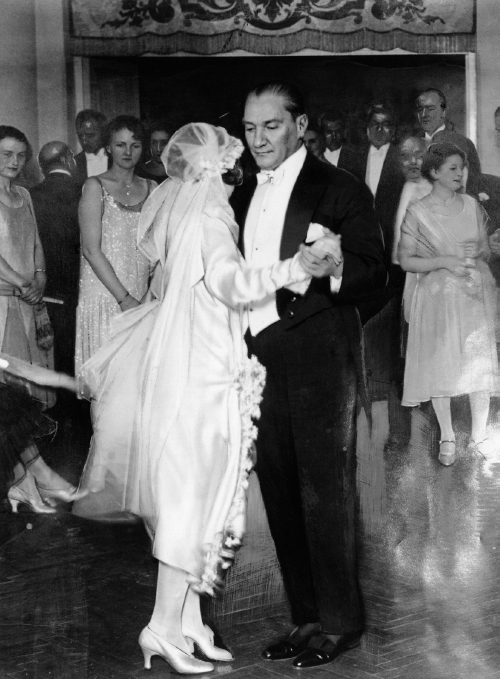How did the Ottoman Empire’s collapse in World War I shape nationalist movements in the Middle East?

Mustafa KemalSurnamed Atatürk, meaning “father of the Turks,” Mustafa Kemal and his supporters imposed revolutionary changes aimed at modernizing and westernizing Turkish society and the new Turkish government. Dancing here with his adopted daughter at her high-
TTHE MOST FLAGRANT ATTEMPT TO EXPAND Western imperialism occurred in southwest Asia (Map 29.1). There the British and the French successfully encouraged an Arab revolt in 1916 and destroyed the Ottoman Empire. Europeans then sought to replace Turks as principal rulers throughout the region. Turkish, Arab, and Persian nationalists, as well as Jewish nationalists arriving from Europe, reacted violently. They struggled to win nationhood, and as the Europeans were forced to make concessions, they sometimes came into sharp conflict with each other, most notably in Palestine.